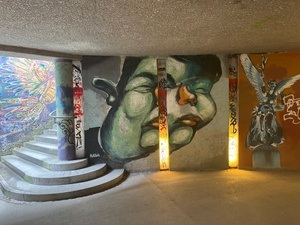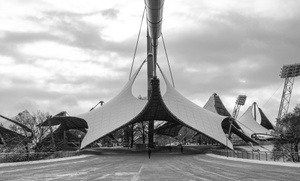Familiensonntag im PALÄONTOLOGISCHEN MUSEUM MÜNCHEN
In the organizer's words:
The museum is the publicly accessible part of the Bavarian State Collection of Paleontology and Geology. It is dedicated to the evolutionary history of the earth and life and displays fossils of animals and plants from all eras of the earth's history.
Sunday opening
Every first Sunday of the month from 10:00 to 16:00, usually with:
- Curator-guided tours at 11:30 a.m. and 2:30 p.m.
- small geoscientific film program
- Children's quiz on the current exhibition (with a small reward)
- Information stand with sale of brochures and postcards
About the PALÄONTOLOGISCHE MUSEUM MÜNCHEN
On the ground floor of the atrium, the Paleontological Museum presents important large fossils from all over the world. They exemplify the evolution of living creatures during the history of the earth and the colonization of diverse habitats. Skeletons and skulls include those of the largest Bavarian dinosaur Plateosaurus and the long-legged mock crocodile Prestosuchus from the Triassic period. The viviparous fish dinosaur Stenopterygius and the marine crocodile Steneosaurus as well as the carnivorous dinosaur Allosaurus come from the Jurassic period. The giant flying dinosaur Pteranodon and the herbivorous dinosaurs Triceratops and Centrosaurus lived during the Cretaceous period. During the last ice age in the Pleistocene, the giant deer Megaloceros and the cave bear Ursus spelaeus were contemporaries. The majestic Mühldorfer urelephant Gomphotherium from the Neogene forms the centerpiece in the atrium. The largest tree trunks on display are the five-metre high trunk of the water spruce Glyptostrobus and the trunk slice of the sequoia Sequoia with a diameter of two meters and 250 annual rings.
The permanent exhibitions on the first and second floors document various aspects of evolution, such as the " Archaeopteryx " prehistoric bird, as well as a chronology of all the geological eras and their characteristic life forms under the title "From Stromatolite to Hamster".
This content has been machine translated.












